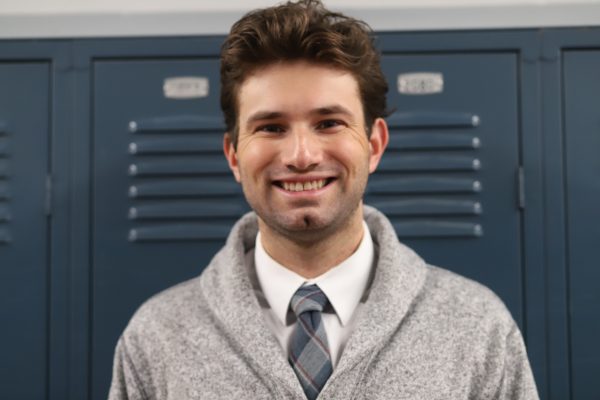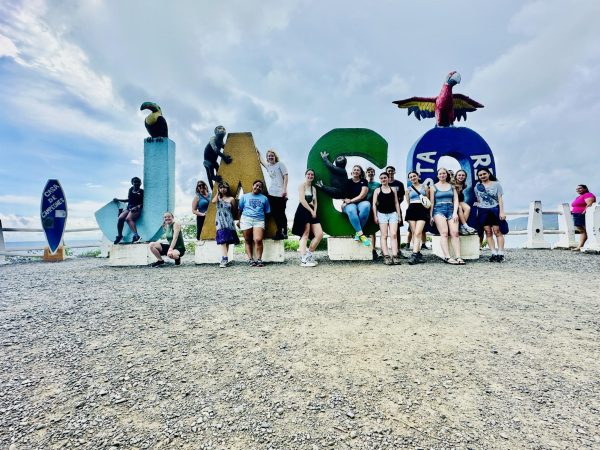DAG Attends Annual Peer-to-Peer Conference
CHS’s Depression Awareness Group
Community’s Depression Awareness Group (DAG) met at the east entrance the morning of Nov. 4, eager to head to Eastern Michigan University’s McKenny Hall where the annual Peer-to-Peer Conference would be held. At the conference, the students in DAG were presented with information on mental illnesses, with the main focus being on anxiety and depression. The staff and mentors of the University of Michigan Depression Center taught students in depth about the symptoms and signs of mental illness, and were given strategies and techniques that could help someone struggling with their mental health.
The conference included Peer-to-Peer groups from eight other Washtenaw County schools; its purpose is to equip the groups with the necessary tools to help them spread information about mental illness throughout their school and be a helpful resource to other students struggling with their mental health.
Ann Arbor’s Peer-to-Peer Depression Awareness Program started back in 2009, when the organization partnered with Ann Arbor Public Schools (AAPS) to promote student-led mental health education. CHS has been a part of the program since its start, along with five other other Ann Arbor schools. The Peer-to-Peer Depression Awareness Program has since grown its outreach to over 50 schools across the country, including every school in Washtenaw County.
A Michigan University student started off the conference with a personal story. She described her experience with mental health struggles, and recounted how she overcame them. She emphasized how everyone’s mental health challenges can look different, and even though one treatment may benefit an individual, another might need something else.
The morning went on with presentations from members of the Peer-to-Peer team, who used slideshows and videos to help engage the students. After lunch, schools separated into smaller groups and rotated through three different breakout sessions: the importance of sleep, the role race plays in mental health, and the effects of social media on mental health. While doing this, groups were also able to form closer connections with each other.
Lizelle Salazar was one of the Peer-to-Peer team members who presented at the conference. She has been with Peer-to-Peer for six years and manages the outreach and education programs at University of Michigan’s Eisenberg Family Depression Center. According to Salazar, what sets this program apart from others is the independence it gives to each Peer-to-Peer group in the making of their schools campaign. Instead of being given a campaign, each group is able to make one tailored to their school, using interpretation of the information learned at the conference.
“What I love about Peer-to-Peer is that it’s a student-led program,” Salazar said. “We provide the educational information to students, but then we trust in you that you will know what is going to reach your peers the best. So it was built on the premise that teens are more likely to listen to other teens.”
What DAG members hope they gained from the conference is a better sense for detecting signs of mental illness — as well as the warning signs, and a growth in their confidence to discuss mental health and illnesses with peers.














